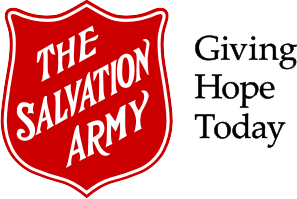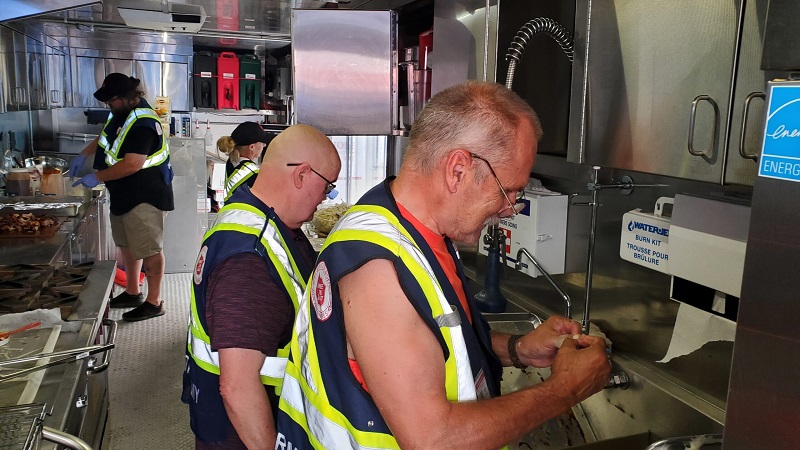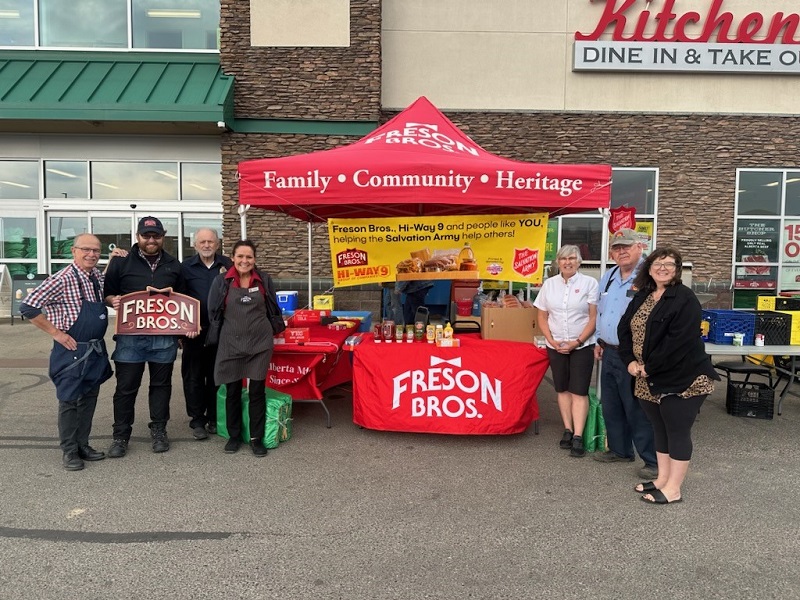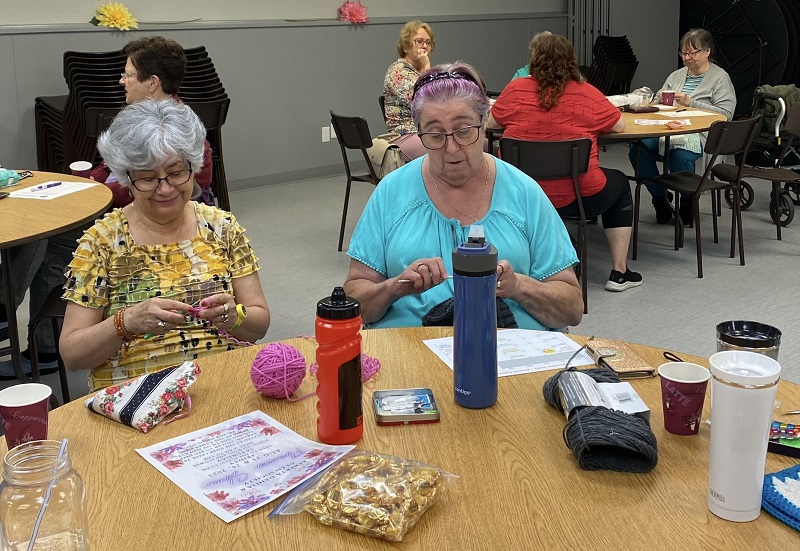Alberta Floods: One Year Later
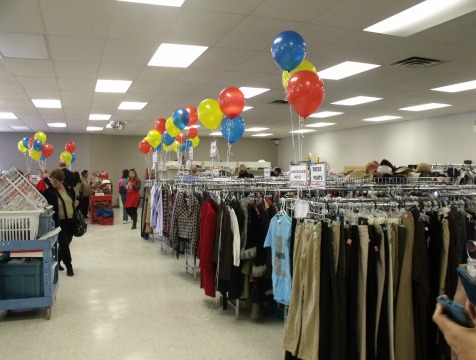
June 20, 2014, marks one year since Canadians watched helplessly as powerful, high flood waters unleashed destruction on Calgary and much of southern Alberta, leaving more than a dozen towns declaring a state of emergency.
Today, residents are still picking up the pieces of their lives and are, understandably, on edge when a lot of rain is forecasted and the snow pack in the mountains is deep.
“I’m anxious every time it rains,” says Kathleen, a resident of High River who was helped by The Salvation Army.
As one of Canada’s major emergency relief organizations, The Salvation Army was immediately deployed to the front lines of the Alberta floods, providing meals and emotional and spiritual support to thousands of people who had been forced from their homes.
“From day one The Salvation Army provided bottled water, coffee, meals, and clean-up supplies,” continues Kathleen. “They were at evacuation centres around the clock and travelled up and down our streets, many times by foot.”
In High River over 90 percent of the community of almost 13,000 suffered significant damage from the flooding, including The Salvation Army who provides the community’s only food bank and thrift store. The Army’s only salvageable items were metal clothing racks from its thrift store.
The Salvation Army has served the residents of High River for more than 105 years and recognized how critical it was to resume their services as soon as possible. Within weeks after the disaster, tents, multiple trailers and storage units were set up in its church parking lot to serve as a disaster assistance centre. Food, clothing, gift cards, furniture vouchers, as well as other miscellaneous items such as work gloves, diapers and cleaning supplies, were provided.
In November 2013 The Salvation Army’s Thrift Store and Community & Family Services office officially reopened.
“The demand for our services is obviously higher,” says Captain Pam Goodyear of The Salvation Army. “At Christmas, The Salvation Army distributes 150 hampers in High River. This past year we handed out more than 400. Due to the generosity of donors we were able to provide additional toys, a family game and a box of Purdys Chocolates. The items were well received as people had lost everything.
“High River is still rebuilding,” continues Goodyear, “and a lot of the downtown is still under construction. I visited someone last week who is still waiting on repairs to their basement. This is the case for many families.”
The Anatomy of a Salvation Army Disaster Response
The Salvation Army is often assigned specific roles by emergency preparedness authorities. Emotional and spiritual support, registration and inquiry, shelter, transportation, emergency housing, feeding or clothing is provided both in the response and recovery phase.
The response to the Albert floods is one example of how the Army’s emergency disaster services may respond. Each response is tailored to the specific emergency situation.
Thursday, June 20, 2013
9 a.m.: Salvation Army High River receives a call from the city’s emergency planning committee. Within the hour The Salvation Army arrives at an evacuation centre/school gym to support set-up for evacuees. City asks Salvation Army to provide mobile feeding unit.
11 a.m.: Salvation Army Calgary EDS (emergency disaster services) personnel load bottled water, granola bars, soup from its Calgary warehouse and travel to High River.
12 p.m.: Salvation Army CRU (community response unit) arrives in High River at high school evacuation centre. Increased flooding forces the centre to shut down and relocate to Blackie.
1 p.m. Salvation Army arrives in Blackie to provide hydration, meals, socks, emotional and spiritual care, etc., to evacuees. Over 700 meals were served.
12:30 a.m. Depart
Friday, June 21, 2013
7 a.m.: Salvation Army’s CRU from Lethbridge is deployed to Blackie to provide meals. Depart 8 p.m.
7 p.m.: Salvation Army delivers water, snacks, etc., to Morley.
Over the next several weeks, eight Salvation Army CRUs responded across the south of the province with food, hydration and emotional and spiritual care.
In addition, Salvation Army personnel worked tirelessly from early morning to late evening at various evacuation centres and often by foot in neighbourhoods supporting people as they tried to pick up the pieces of their lives.
History: Salvation Army Emergency Disaster Services
Emergency disaster services ministry has been a significant part of The Salvation Army in Canada and Bermuda since 1917 when two ships collided in the Halifax Harbour. Roughly 20 minutes later, a fire on board the French ship ignited her explosive cargo, causing an explosion that devastated the Richmond District of Halifax. Approximately 2,000 people were killed by debris, fires, and collapsed buildings. It is estimated that nearly 9,000 others were injured.
Two Salvation Army officers/pastors didn’t stop to think. They just started helping. Today, 900 trained emergency disaster services personnel in the Canada and Bermuda Territory are dedicated to providing food, beverages, shelter, spiritual and emotional care to first responders and disaster survivors in times of need.
Across the territory, there are more than 40 mobile canteens known as community response units that provide anything from hydration and snacks to hundreds of hot meals. And while the Army is often first at the scene, it can be the last to leave when tragedy strikes.
In 2013 close to 9,000 people in Canada were helped by The Salvation Army when disaster struck.
Furthermore, an additional 50,000 people were helped in the Alberta floods.
